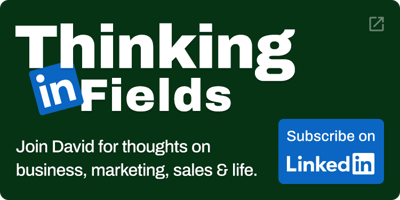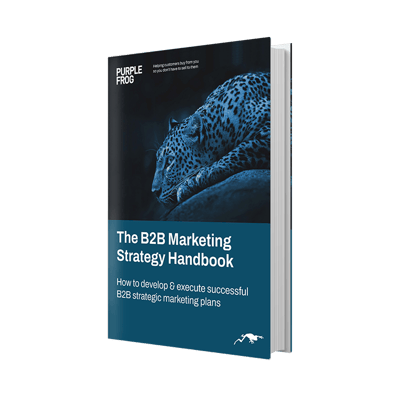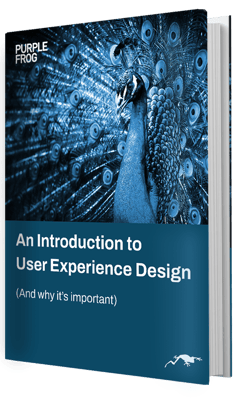3 Big Digital Marketing Trends That Landed in 2016
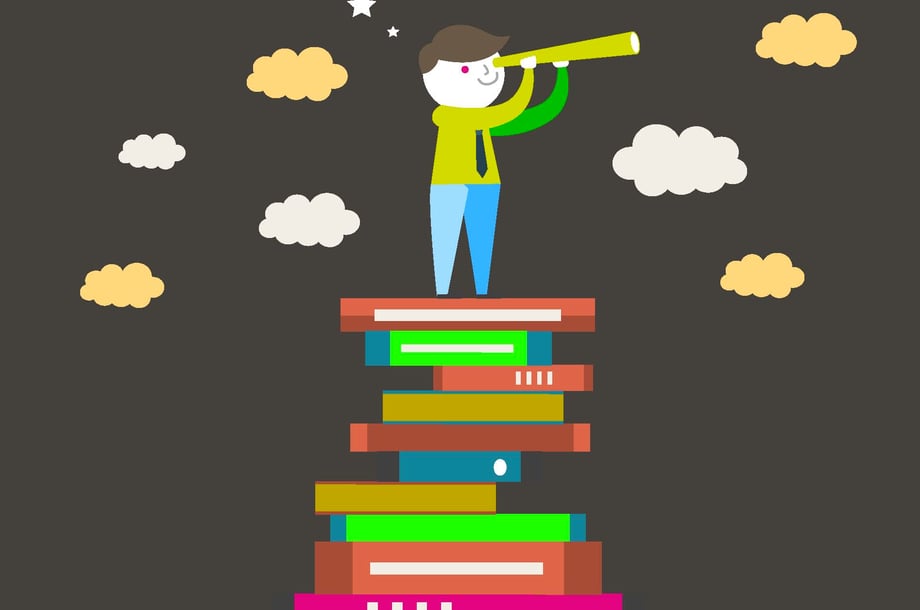
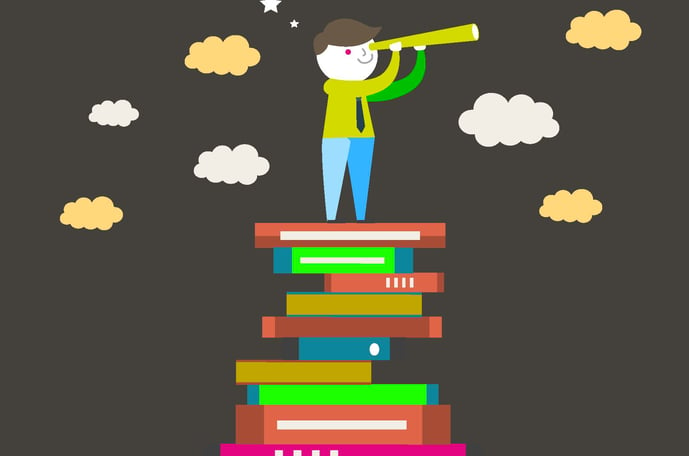
As with everything in life, must-haves and trends change so often that it's hard to keep up. What was the "best thing since sliced bread" one moment, becomes outdated the next (although not sure my flowery shirts during university were ever a thing...).
The same is certainly true of digital marketing and the world of the web. So I have saved you the time and worry and laid down 3 digital marketing trends we have seen in this first few months of 2016 and that I believe will continue to be really relevant this year.
So here are my 3 BIG Digital Marketing Trends which landed in 2016.
1. Ad blocking
We have all experienced cookie-based ad targeting, and at times it can be frustrating.
At home, I recently browsed and purchased a set of perfumes online for my wife for her birthday. To conceal the purchase, I avoided using the joint credit card, and took the precaution of having it delivered to work. But I soon found myself in the awkward situation of deflecting questions and suspicion from my wife about the number of perfume ads on the web pages that she was browsing.
The surprise was obviously ruined, but if you’re interested, Jimmy Choo Eau de Parfum smells really nice and it turned out to be a great birthday present.
Consumers are now fighting back after having become very aware of the intelligent placement of ads by brands online. The validity of a cookie on average is 30 days, but this is getting shorter as more consumers are deleting their cache after each browsing session in order to temporarily stop the retargeting.
More significantly, consumers are now able to get access to ad blocking tools, which remove or manage the serving up of ads during their browsing sessions in order to prevent tracking, and to help against malware and security issues.
On the one hand, it sounds like a very sensible thing to do for the consumers, but on the other alarm bells are ringing for many brands and agencies within the industry, who will need to counter this.
One way of doing this is by placing greater emphasis on context and audience behaviour to improve consumer experience.
While the consumer has the upper hand, and brands are seeing a dip in their campaign performances, I predict that social media will also attract even more budget away from traditional channels.
2. The rise of the video
This is probably not the hardest prediction to make in this article, and nor is it likely to come as a surprise to you reading it.
Video has for a while been getting the attention from all corners of the industry, and particularly for targeting under 18-year-olds, who are preferring YouTube over TV.
For the last three years, the growing interest in visual content has accelerated, and this trend is showing no signs of slowing down. Inbound marketing experts at HubSpot note that 78% of people watch videos online every week, and by 2017 they believe that video will take up 69% of consumer internet traffic.
To feed this growing obsession, a plethora of new and intriguing services are cropping up all the time.
Last year, Twitter launched its new live streaming app Periscope, where users can broadcast live to the world, instantly notifying followers who can comment and feedback their emotions to the videos.
This year, the use of video content is no longer going to be just one among many other types of content at the heart of an inbound marketing campaign, but it is becoming the beacon at the top of Google search results that sets many brands apart from their competitors.
For over 12 months I have been using video SEO alongside conventional SEO for clients to achieve page 1 organic ranking dominance. In fact, because of Google’s own obsession with video and the importance attributed to it within its algorithms, video content provides ranking longevity. Once a video gets to the top of YouTube, it then makes its way to the top of Google web and video search results too, and it's often very difficult to shift.
It won’t be long until page 1 on Google is made up in equal parts of non-video and video search results.
3. Hybrid Advertising
Ten years ago, when I used to be at the sharp end of the agency’s creative team, an ad was an ad, and an advertorial was an advertorial.
Life was pretty simple for us creatives, and just as straight forward for consumers, who would immediately notice the differences between obvious and subtle advertising techniques as they flicked through the magazines.
But jump forward to 2016, the gradual blurring of advertising, advertorial and content is going to become common-place. Hybrid advertising is here and it's making it increasingly hard to distinguish between an ad and a simple piece of content.
Brands will increasingly be creating a hybrid of advertising and content to maximise engagement rates. Even more subtle, brands are now starting to create advertorials that look just like simple pieces of content. For example a perfectly innocent-looking piece of content may contain a compelling hyperlink that drives that drives the consumer through to the company's own website and products' page.
Google has been doing this for years too, of course, working hard on blurring the edges between sponsored and organic content to maximise their advertisers’ ability to get a conversion.
I get the feeling hybrid ‘ad-content-orials’, or whatever we decide to call them, are going to become more cleverly disguised, more sneaky, and a daily manifestation in our already complex online-browsing-lives.
Conclusions
The consumer is more aware than ever when it comes to advertising. Their time is more precious than ever. And advertisers need to be clever than ever. These 3 things are all linked and a result of one-another, and more is yet to come. The question of how digital agencies and companies tackle the ever-changing consumer engagement, as well as the importance in producing fantastic content, is one which will continue to pose a challenge.
But as always with advertising and digital marketing, the changing demands from the consumers and users will continue to push us to find better, fresher ways to engage and delight.
More from News
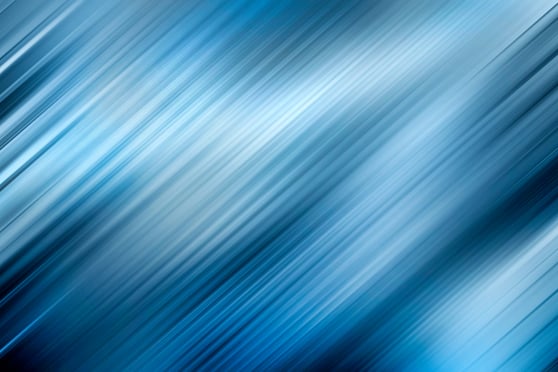
Programmatic advertising: "don't worry, the machines have got this..."
When reading an article by martechtoday.com earlier this week, they made a very astute observation that no matter whether you...
Can Online and Offline Marketing Work Together?
I was recently asked this question by someone I was trying to explain online marketing to. It is a very interesting question if...


